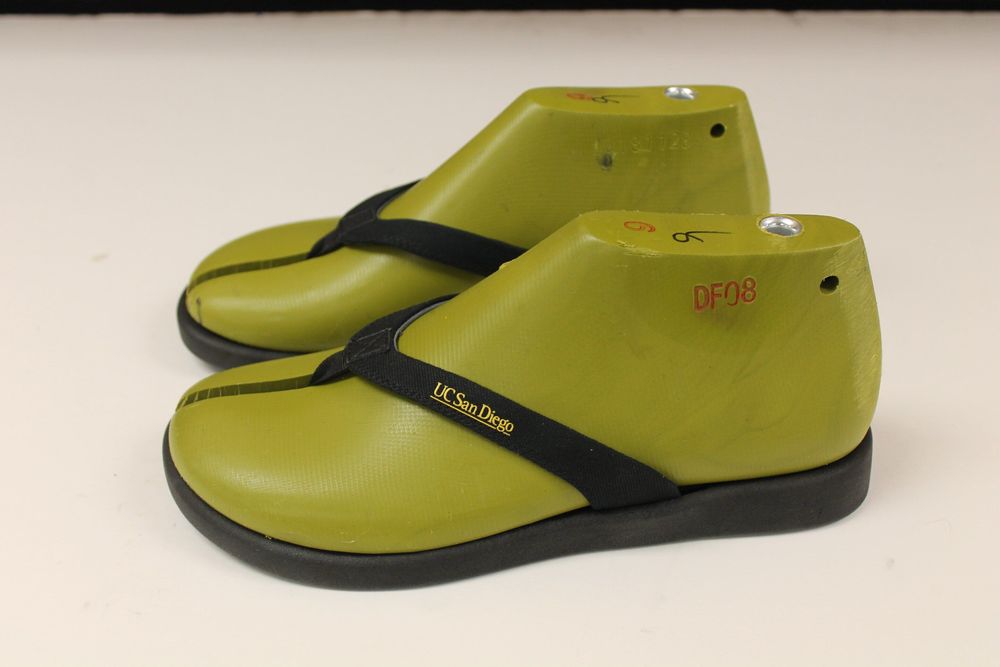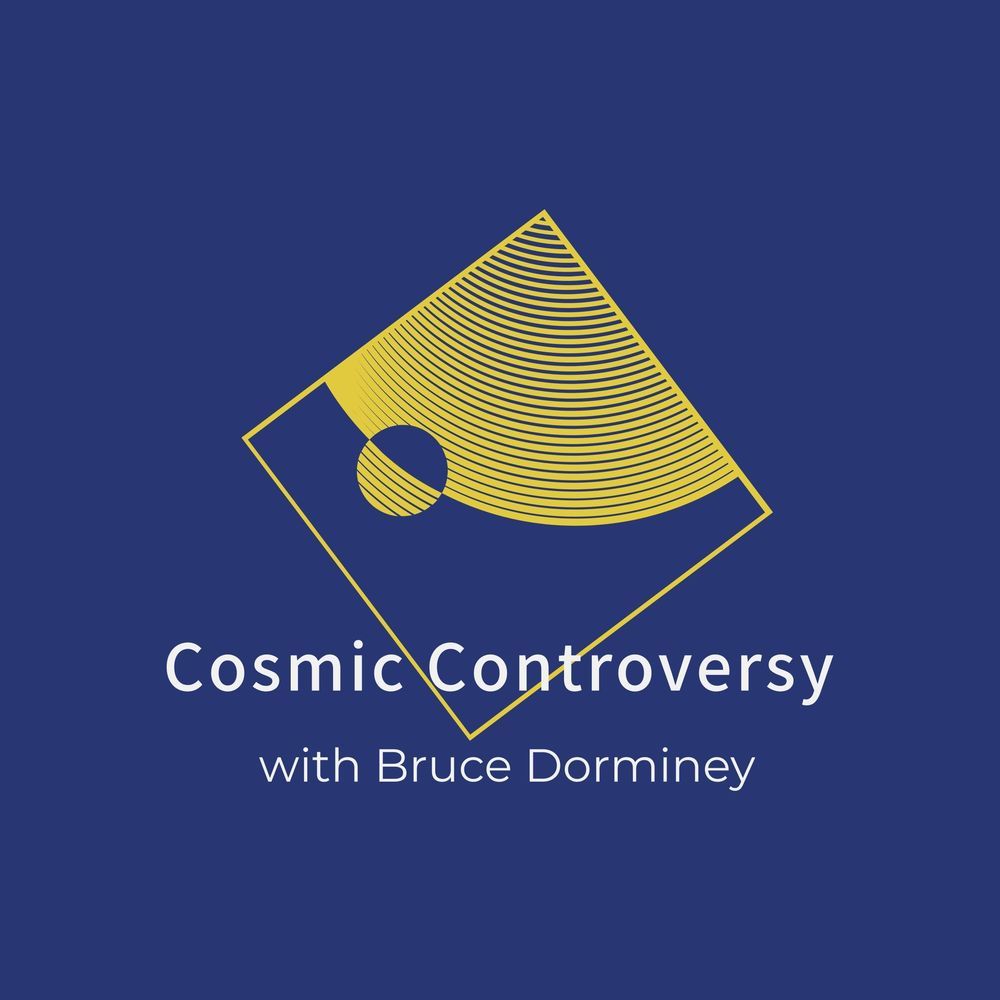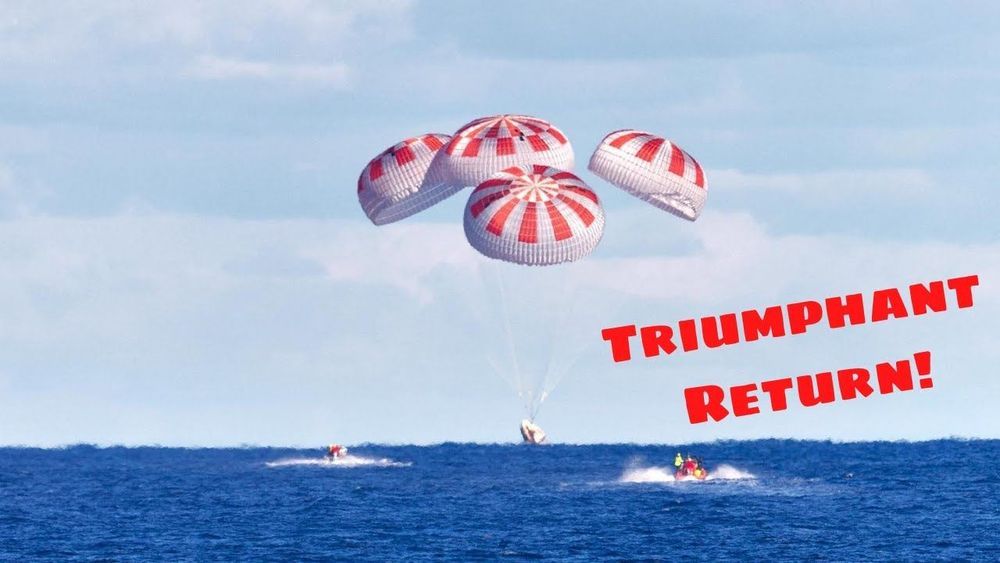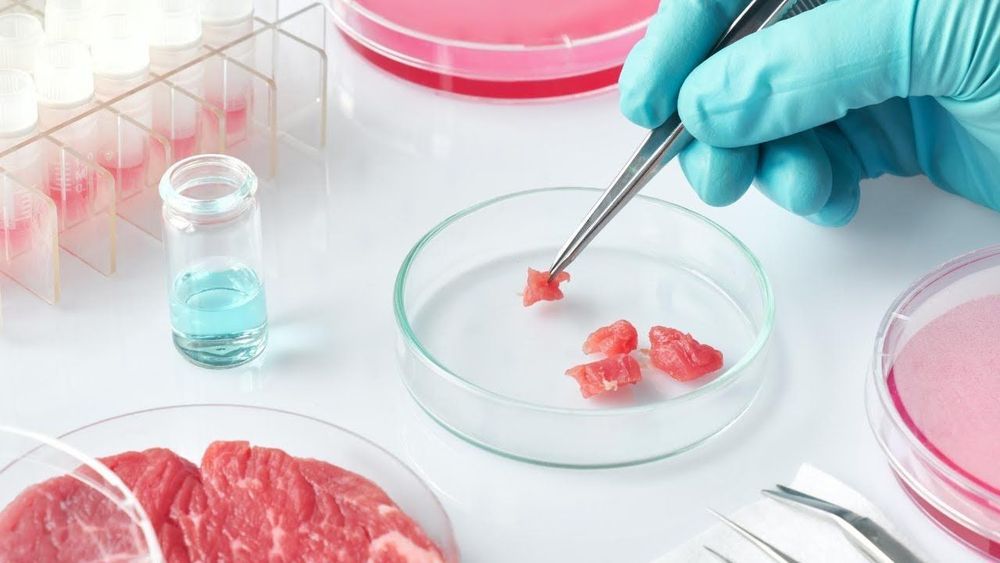What changed things for Germany? A handful of prominent scientists communicating regularly and openly with the public. (via CNBC)…and a leader who is a scientist.
Germany, like many other countries, had a contingent of people who fought lockdowns and argued that Covid-19 was a hoax. But it also had a handful of prominent scientists communicating regularly and openly with the public. That played a huge role in drowning out rumors and misinformation, locals tell CNBC.
“We have a great educational system and everyone has access to it,” said Dennis Traub, a tech worker in Hamburg, Germany. “So I believe that many people and the majority listened to both sides and one of those sides sounded much more reasonable.”
Germany stood out for its strong science communication. For months, its top podcast was ‘Der Coronavirus,’ which provided an update on the disease from a top virologist.









